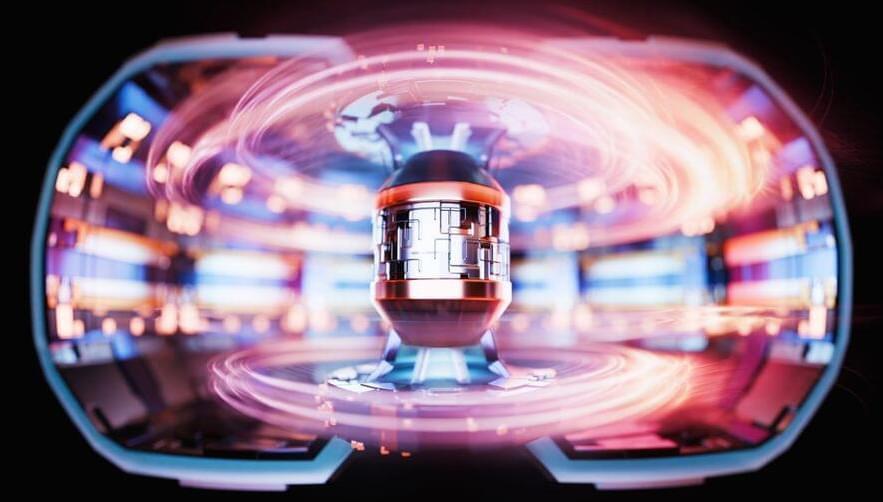For the first time, scientists successfully track energetic ion flow through space and energy driven by electromagnetic waves in fusion plasmas.


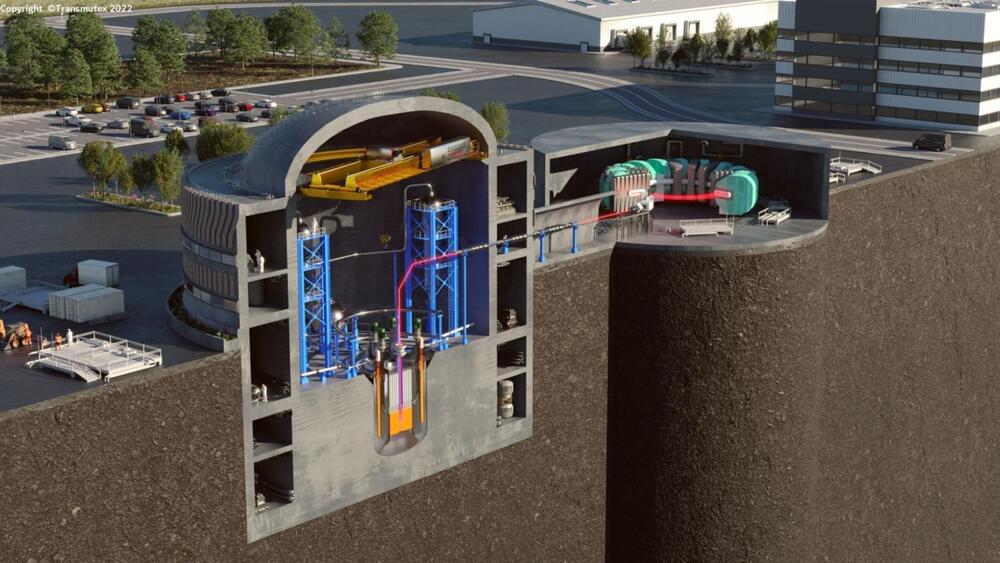
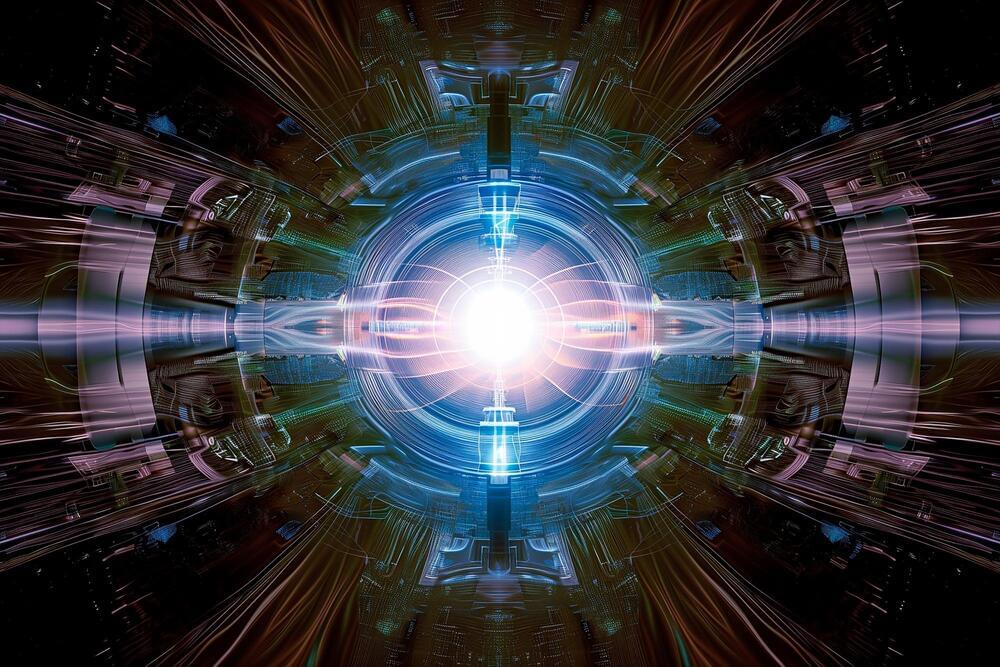
Researchers at the Princeton Plasma Physics Laboratory are harnessing artificial intelligence and machine learning to enhance fusion energy production, tackling the challenge of controlling plasma reactions. Their innovations include optimizing the design and operation of containment vessels and using AI to predict and manage instabilities, significantly improving the safety and efficiency of fusion reactions. This technology has been successfully applied in tokamak reactors, advancing the field towards viable commercial fusion energy. Credit: SciTechDaily.com.
The intricate dance of atoms fusing and releasing energy has fascinated scientists for decades. Now, human ingenuity and artificial intelligence are coming together at the U.S. Department of Energy’s (DOE) Princeton Plasma Physics Laboratory (PPPL) to solve one of humankind’s most pressing issues: generating clean, reliable energy from fusing plasma.
Unlike traditional computer code, machine learning — a type of artificially intelligent software — isn’t simply a list of instructions. Machine learning is software that can analyze data, infer relationships between features, learn from this new knowledge, and adapt. PPPL researchers believe this ability to learn and adapt could improve their control over fusion reactions in various ways. This includes perfecting the design of vessels surrounding the super-hot plasma, optimizing heating methods, and maintaining stable control of the reaction for increasingly long periods.
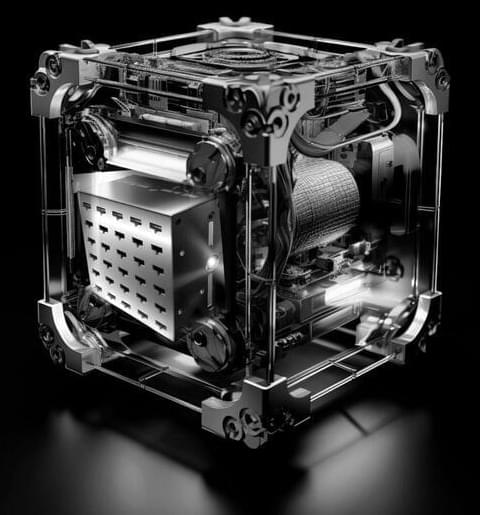
A concept that began as a doodle at a conference years ago is now becoming a reality.
RocketStar Inc. has showcased its advanced nuclear-based propulsion technology called the FireStar Drive.
It is said to be the world’s first electric device for spacecraft propulsion boosted by nuclear fusion.
I found this on NewsBreak.
In a record-breaking feat, scientists injected over a billion joules of energy to sustain a nuclear fusion reaction for 6 minutes.
The transcript features an interview with renowned science fiction author Isaac Asimov, discussing his predictions and visions for the future of space exploration, computers, robotics, and humanity’s role in shaping that future. It touches on concepts like permanent space settlements, harnessing solar power, the increasing importance of computers and AI, the impacts of robotics on jobs, and taking an optimistic yet cautionary view of technological progress. It also covers some earlier inaccurate and exaggerated predictions about robots replacing humans, as well as actual technological developments in 1982 like artificial hearts and fusion reactors. The overall theme is Asimov’s hopeful but measured outlook on future scientific and technological advancements.
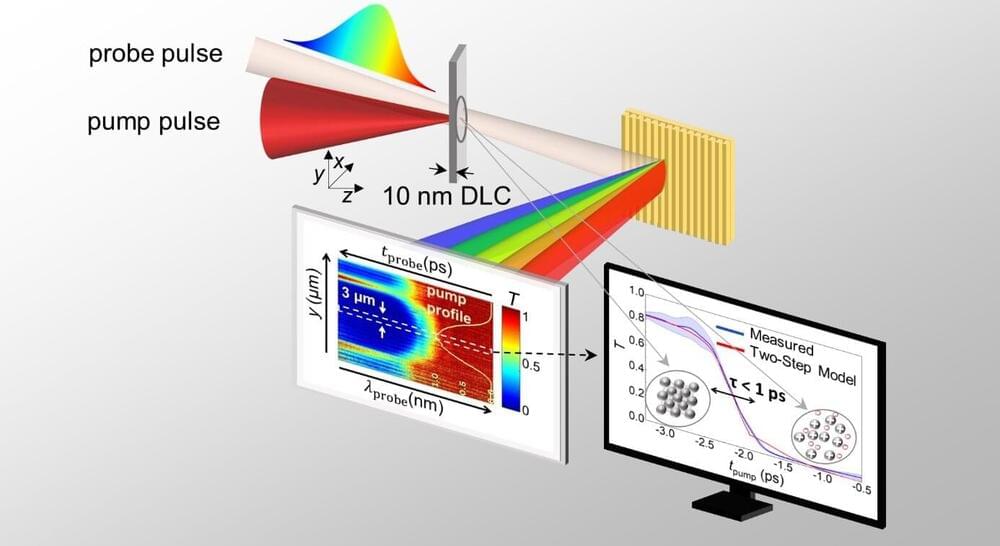
The interaction of solids with high-intensity ultra-short laser pulses has enabled major technological breakthroughs over the past half-century. On the one hand, laser ablation of solids offers micromachining and miniaturization of elements in medical or telecommunication devices. On the other hand, accelerated ion beams from solids using intense lasers may pave the way for new opportunities for cancer treatment with laser-based proton therapy, fusion energy research, and analysis of cultural heritage.
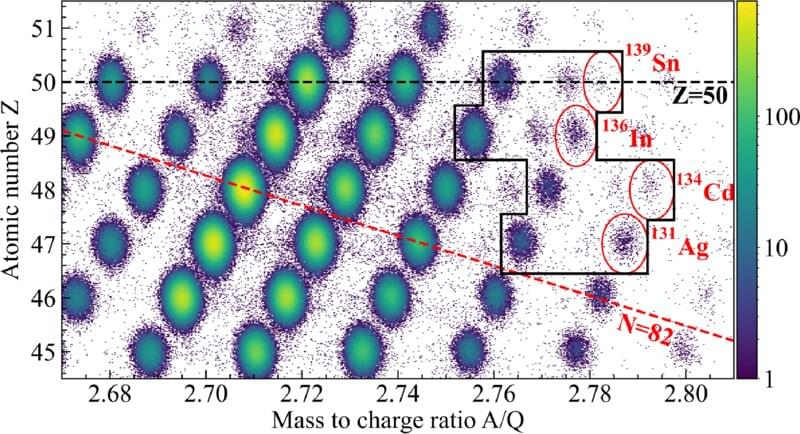
Models for how heavy elements are produced within stars have become more accurate thanks to measurements by RIKEN nuclear physicists of the probabilities that 20 neutron-rich nuclei will shed neutrons.
Stars generate energy by fusing the nuclei of light elements—first hydrogen nuclei and then progressively heavier nuclei, as the hydrogen and other lighter elements are sequentially consumed. But this process can only produce the first 26 elements up to iron.
Another process, known as rapid neutron capture, is thought to produce nuclei that are heavier than iron. As its name suggests, this process involves nuclei becoming larger by rapidly snatching up stray neutrons. It requires extremely high densities of neutrons and is thus thought to occur mainly during events such as mergers of neutron stars and supernova explosions.
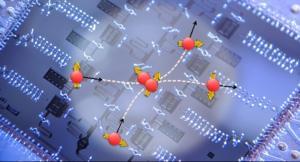
The nuclear reactions that power the stars and forge the elements emerge from the interactions of the quantum mechanical particles, protons and neutrons. Explaining these processes is one of the most challenging unsolved problems in computational physics. As the mass of the colliding nuclei grows, the resources required to model them outpace even the most powerful conventional computers. Quantum computers could perform the necessary computations. However, they currently fall short of the required number of reliable and long-lived quantum bits. This research combined conventional computers and quantum computers to significantly accelerate the prospects of solving this problem.
The Impact
The researchers successfully used the hybrid computing scheme to simulate the scattering of two neutrons. This opens a path to computing nuclear reaction rates that are difficult or impossible to measure in a laboratory. These include reaction rates that play a role in astrophysics and national security. The hybrid scheme will also aid in simulating the properties of other quantum mechanical systems. For example, it could help researchers study the scattering of electrons with quantized atomic vibrations known as phonons, a process that underlies superconductivity.
